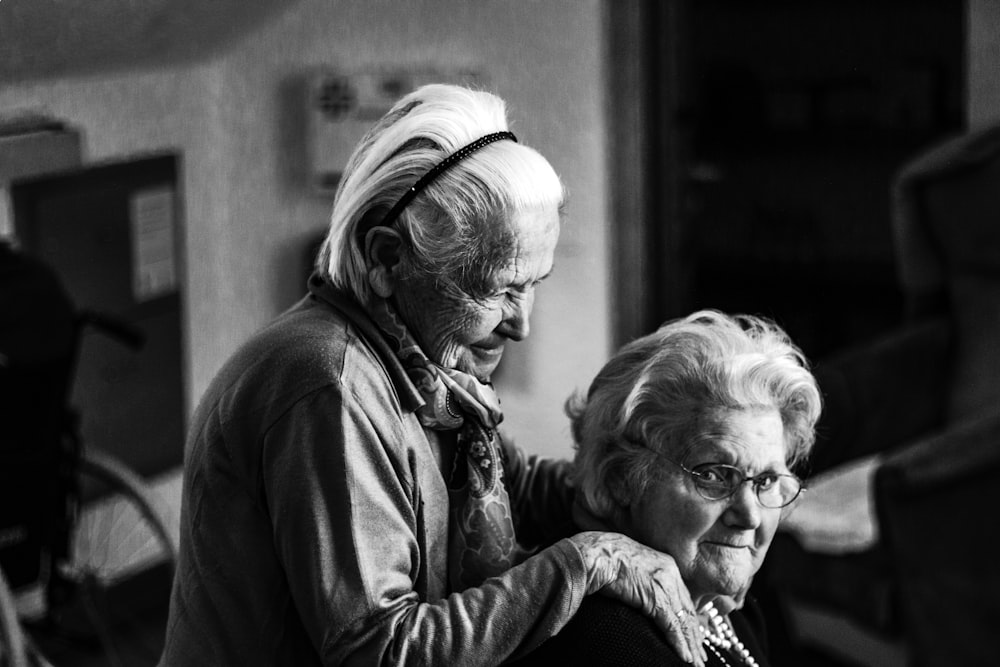目次
日本人高齢者のフレイルの割合が明らかに フレイル有病率は西高東低
介護予防領域に限らず,リハビリテーション医療においていまや「フレイル」という概念は無視でき無時代になってきました.
メディアでも連日のようにフレイルを取り上げた番組が放映されております.
そんな中で健康な地域在住高齢者の中にどのくらいの割合でフレイルを合併した高齢者が存在するのかって気になりますよね?
今回は日本人高齢者のフレイルの割合が明らかにした研究をご紹介させていただきます.

今回ご紹介する論文
Arch Gerontol Geriatr. 2020 Aug 9;91:104220. doi: 10.1016/j.archger.2020.104220. Online ahead of print.
National prevalence of frailty in the older Japanese population: Findings from a nationally representative survey
Hiroshi Murayama 1, Erika Kobayashi 2, Shohei Okamoto 3, Taro Fukaya 2, Tatsuro Ishizaki 2, Jersey Liang 4, Shoji Shinkai 2
PMID: 32810734 DOI: 10.1016/j.archger.2020.104220
今回ご紹介する論文は2020年に掲載された新しい論文です.
研究の背景
Background: Japan has the largest aging population in the world, thus, a focus on frailty is important in clinical geriatric practice. Using a nationally representative sample, this study provided national estimates of the prevalence of frailty among community-dwelling older Japanese people. We also examined variations in the prevalence by sociodemographic characteristics, health conditions, and geographical regions.
日本は世界最大の高齢化社会を迎えており,老年医学の臨床ではフレイルに焦点をあてて診療を行うことの重要性が高まってきております.
この研究では全国代表サンプルを用いて,日本の地域居住高齢者におけるフレイルの有病率を推定し,社会人口統計学的特徴,健康状態,地域別に有病率の変動を調査することを目的としております.
研究の方法
Methods: Data came from the National Survey of the Japanese Elderly in 2012. The data were collected using a home visit and face-to-face interviews with trained interviewers. The sample consisted of 2206 adults aged ≥65 years. We used the widely accepted definition of physical frailty phenotype and calculated weighted estimates of the prevalence of frailty.
研究データは2012年の全国高齢者調査から収集されております.
データ収集には,個別家庭訪問とトレーニングを受けたインタビュアーとの対面面接で行われております.
サンプルは65歳以上の地域在住高齢者2206例でありました.
またフレイルのタイプに応じてフレイルの有病率の推定値を算出しております.
研究の結果
Results: Overall estimated prevalence was 8.7 % (7.5 %-9.9 %) for frail, 40.8 % (38.7 %-42.9 %) for prefrail, and 50.5 % (48.4 %-52.6 %) for robust. Frailty was more prevalent in older groups, women, and those with lower socioeconomic status, which was measured by education and household income. Frail people tended to have worse health. We also observed a regional variation: frailty prevalence tended to be higher in eastern than western Japan.
有病率ですがフレイルで8.7%(7.5%-9.9%),プレフレイルで40.8%(38.7%-42.9%),ロバストで50.5%(48.4%-52.6%)でありました.
またフレイル有病率は,高齢者層,女性,および教育と世帯収入で測定される社会経済的地位の低い人でより高い結果でありました.
またフレイルを合併した高齢者は健康状態が悪い傾向にありました.
さらに地域差も観察され,フレイルの有病率は西日本よりも東日本の方が高い傾向にありました.
研究の結論
Conclusions: This study provides important evidence on the prevalence of frailty in older Japanese people and found substantial disparities by sociodemographic characteristics, health conditions, and geographical regions.
この研究によって日本の高齢者におけるフレイルの有病率に関する重要なエビデンスが明らかとなり,社会人口統計学的特徴,健康状態,地域による実質的な格差を明らかとなりました.
今回は日本人高齢者のフレイルの割合が明らかにした研究をご紹介させていただきました.
特に各地域別では西高東低というのが興味深いですね.
九州ではフレイル10.7%,プレフレイル38.3%に対して,北海道・東北ではフレイル5.7%,プレフレイル50.2%とかなり格差があることも分かります.
地域によるライフスタイルの違いがこういった結果を生むものと思われますが,非常に興味深いですね.







コメント